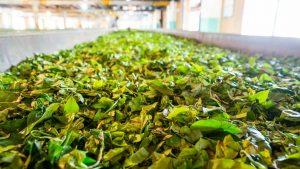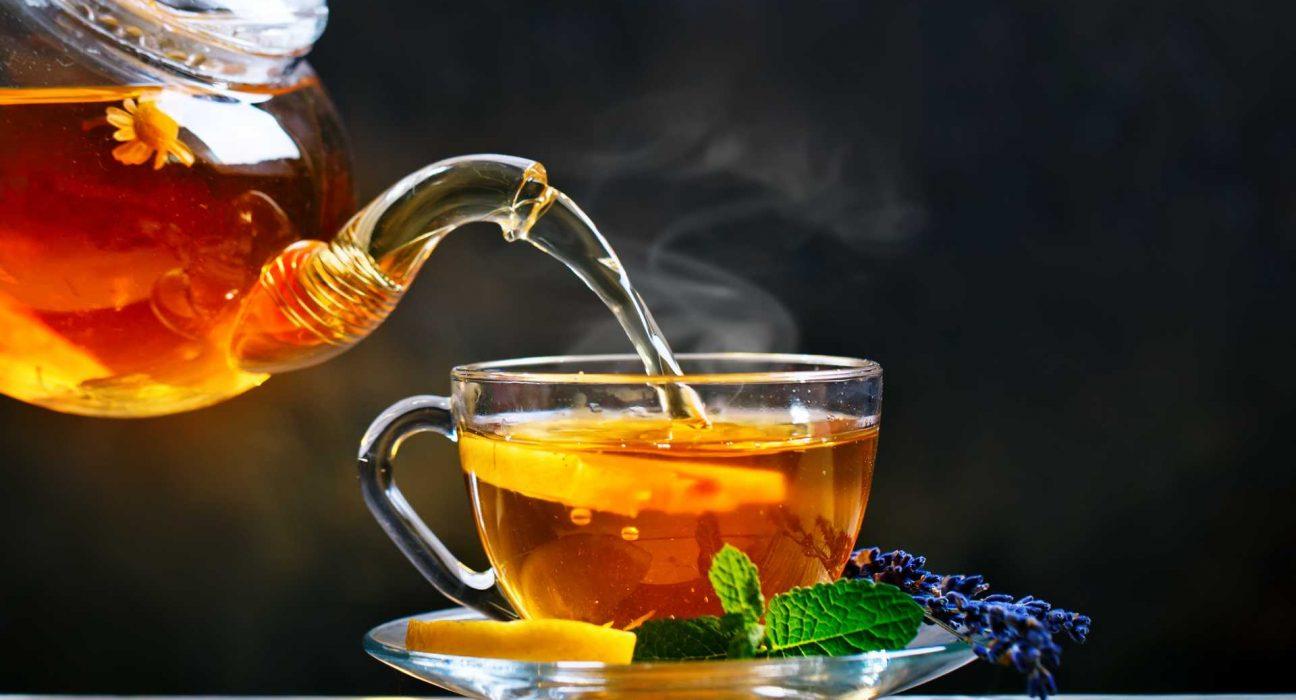From Leaf to Cup: Understanding the Journey with Your Tea Supplier
Tea, one of the most popular beverages passes through an amazing adventure, from plantations to the cups of their lovers. Knowledge of that pathway is essential for companies looking to provide their customers with the highest-quality tea ever. The tea-making process is a true art that demands a deep understanding. The article explores the phenomenal world of tea supply chains and the key stages, from cultivation to consumption.
Choosing the right tea supplier

Choosing the right tea supplier is of great importance to keep the best quality and sustainability of tea offerings. Reliability, quality and sustainability practices are the essential factors in the decision-making process. Positive relationships with a reliable tea supplier based on mutual respect and trust are more than just a business deal. Pick the right tea suppliers from a reliable source. Check for their experience in the tea business and their online presence. A reputable tea supplier would have a well-illustrated portfolio of tea businesses.
Sourcing the finest quality tea leaves
The tea leaves are the most important component of each delicious cup of tea. Reliable tea suppliers give priority to sustainability and quality by careful sourcing of leaves from well-maintained. You should get to know the tea supplier’s sourcing practices to be sure that your tea is of the finest quality and ethically sourced.
Tea processing methods

Tea processing has a great impact on the flavour, aroma, and the final product quality. Only properly processed tea will satisfy the taste buds. The tea processing journey includes:
Plucking
That process is also known as picking the leaves. Hand-picked or machine cut leaves will produce a great quality end-product.
Withering
Picked leaves are left out to dry, release any moisture and break down proteins inside to make the further processing methods easier.
Bruising
Then, leaves can be bruised to release the leaf’s full quintessence with flavour and increase the level of oxidation. It can be done through by crushing, rolling or tearing the tea leaves.
Fixation
At this stage, leaves are steamed or panned to stop the oxidation process. As a result, the enzymes inside are denatured. That process is not always necessary, because some teas require full oxidation.
Yellowing
That technique is used only in yellow teas, just after the fixation. The warm leaves are placed inside a container covered with a paper cloth, leading them to turn a yellow colour.
Shaping
In this process, leaves are formed in various shapes: coils, balls, cones or strips. The leaf shape depends on what the finished product of the tea will look.
Drying
To finish the tea, leaves are dried through being exposed to the sun, heated in the pan or baked.
The Quality Control and Packaging
Despite the overall look, packaging plays an important role in maintaining freshness and guaranteeing quality. Quality control procedures protect the integrity of the product and ensure customer safety and well-being.
Supply Chain Transparency and Traceability

In the modern world, potential changes in the market are dictated by transparency. Traceability in tea supply chains has been an inherent part of many efforts to make the whole tea making process transparent and compliant with ethical sourcing standards. Thanks to technology and certifications, tea suppliers are able to track the tea’s path from plantation to beverage while making sure client’s needs are taken care of.
Private Label Solutions and Customized Products
Tea Suppliers that want to stand out from competitors on the market customize their products and use private label solutions. Thus, they launch original tea blends on the market, adapted to the needs and preferences of customers. It supports and enhances the brand loyalty and satisfaction.
Building Long-Lasting Partnership
The successful tea supply chain is possible due to the long-lasting relationship between companies and their tea suppliers based on mutual trust, goals and communication.
Consumer Education and Engagement

Exploring rapidly changing needs on the tea market and educating customers about the journey of tea is crucial for deeper understanding of the whole process. Through various courses, educational content, and experiential marketing, brands can engage and invite customers to direct interaction through different conferences, life shows or online marketing tactics.
Glimpse into the future: Trends and Innovations
Because the tea industry keeps expanding, companies have to keep up with the new wave of emerging trends and innovations. No matter if there are advancements in sustainability practices or shifting consumer preferences, adaptation is crucial to thrive in a rapidly changing business world.
Conclusion
The fascinating journey from leaf to cup is an amazing adventure filled with commitment, passion and brewing art. Companies can provide customers with exceptional tea experiences if they explore crafting success in the tea industry and understand the tea supply chain management.









Leave feedback about this